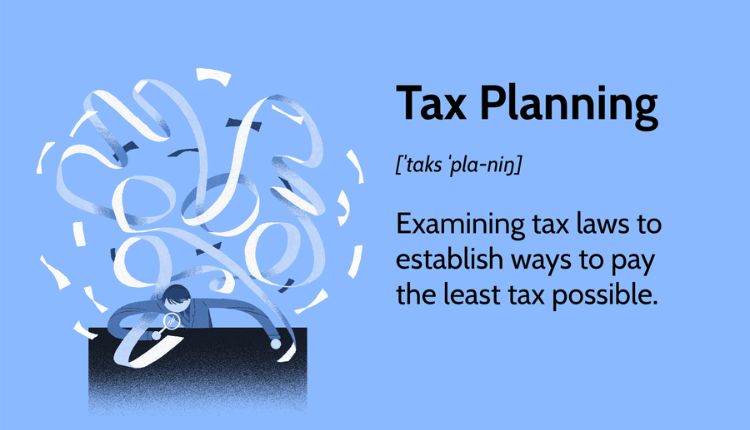Understanding R&D tax credits can feel overwhelming. As an accountant in Missouri City, TX, you need clear guidance to help your clients benefit from these credits. This blog offers straight-to-the-point advice tailored for you. It breaks down complex regulations into manageable steps. You will learn how to identify qualifying activities.
calculate potential savings, and ensure compliance with IRS rules. Equipped with this knowledge, you can confidently guide your clients through the R&D tax credit process. This not only saves them money but establishes you as a trusted advisor. Let’s simplify the path to maximizing tax benefits and enhance your value as a financial expert in your community.
What Are R&D Tax Credits?
R&D tax credits are incentives provided by the government to encourage innovation. They reward companies for investing in research and development. The goal is to boost economic growth and technological advancement. As a CPA, understanding these credits allows you to unlock hidden potential for your clients.
Qualifying Activities
Identifying qualifying activities is essential. Activities should aim to resolve technical uncertainties. They can include developing new products, improving processes, or enhancing existing technologies. Regularly review your clients’ projects to spot eligible activities.
- Development of prototypes
- Improvement of production processes
- Enhancements in software
These activities must pass the IRS’s four-part test: qualified purpose, elimination of uncertainty, process of experimentation, and technological in nature.
Calculating Potential Savings
Calculating savings involves understanding the qualified research expenses (QREs). These include wages, supplies, and contract research costs. Familiarize yourself with the IRS guidelines on what constitutes a QRE. The table below provides a quick reference for calculating savings.
| Expense Type | Qualified Expense? |
|---|---|
| Wages | Yes |
| Supplies | Yes |
| Contract Research | Yes |
| Quality Control Testing | No |
Ensuring Compliance
Compliance is crucial to avoid penalties. Documenting all qualifying activities and expenses thoroughly is necessary. Maintain detailed records of project plans, experiment results, and financial statements. Guidance from the Small Business Administration can help ensure you’re meeting all requirements.
Benefits for Your Clients
Helping clients claim R&D tax credits can lead to significant savings. This lowers their tax liability and frees up capital for further investment. It positions them for growth and innovation. In turn, your value increases as their go-to financial expert.
Conclusion
Mastering R&D tax credits is an opportunity to advance your practice. By understanding qualifying activities, calculating savings, and ensuring compliance, you create real value for your clients. Remember, this knowledge not only saves money but also fosters trust and long-term relationships. Stay informed and proactive to navigate the complexities of R&D tax credits effectively.

